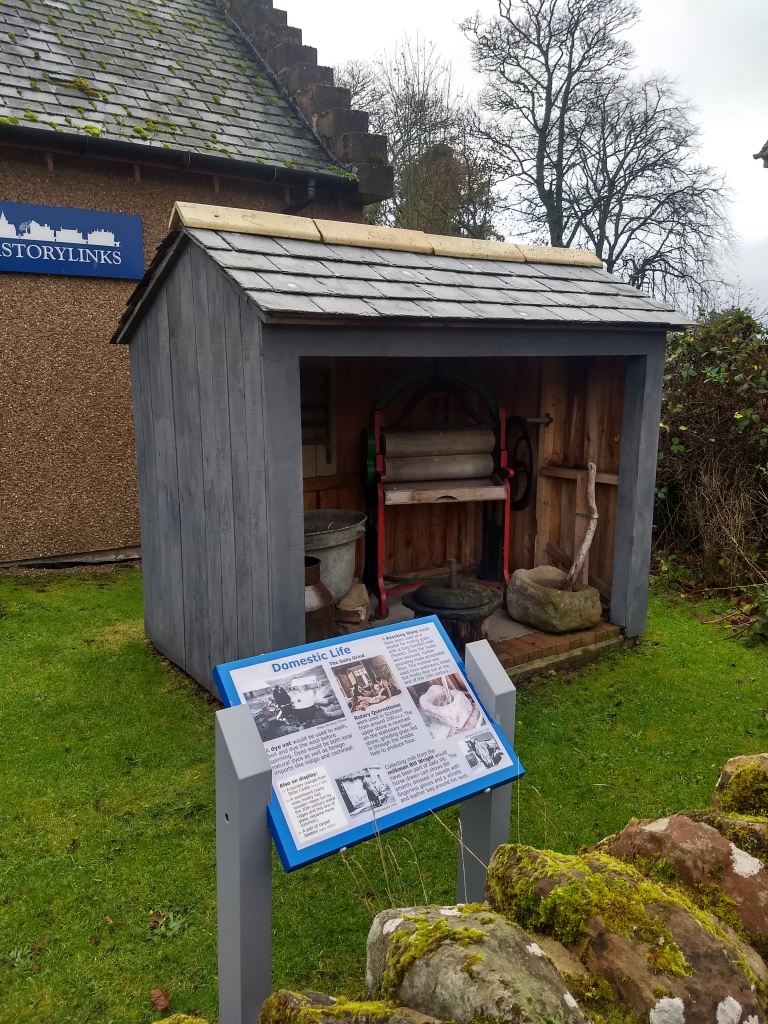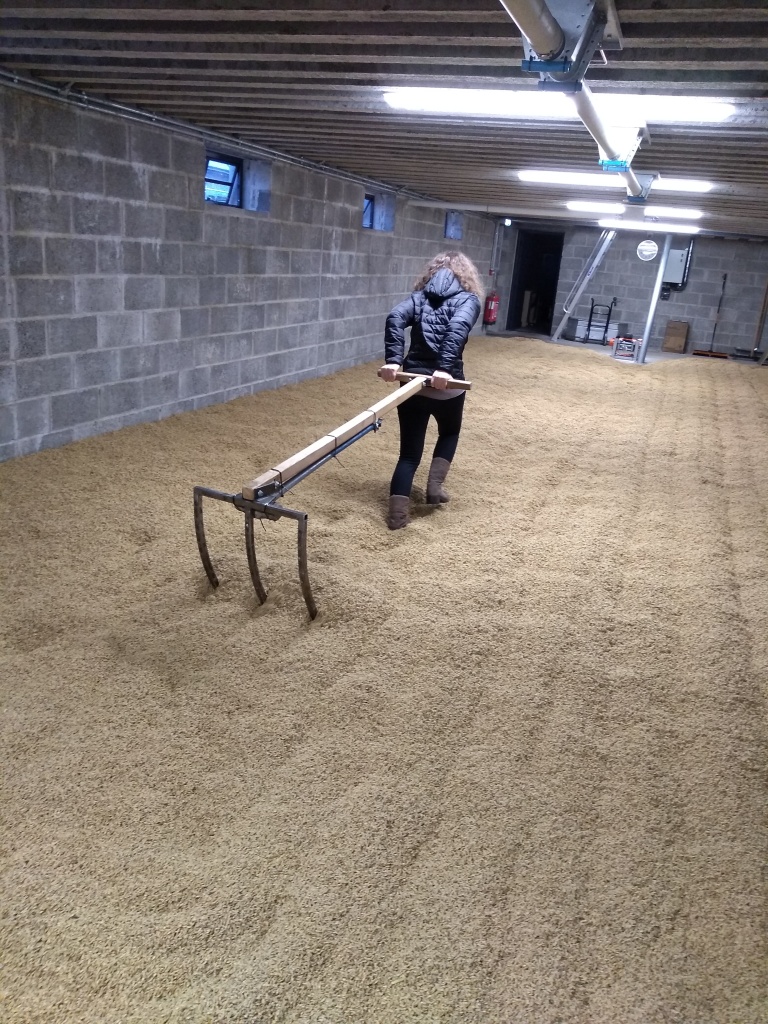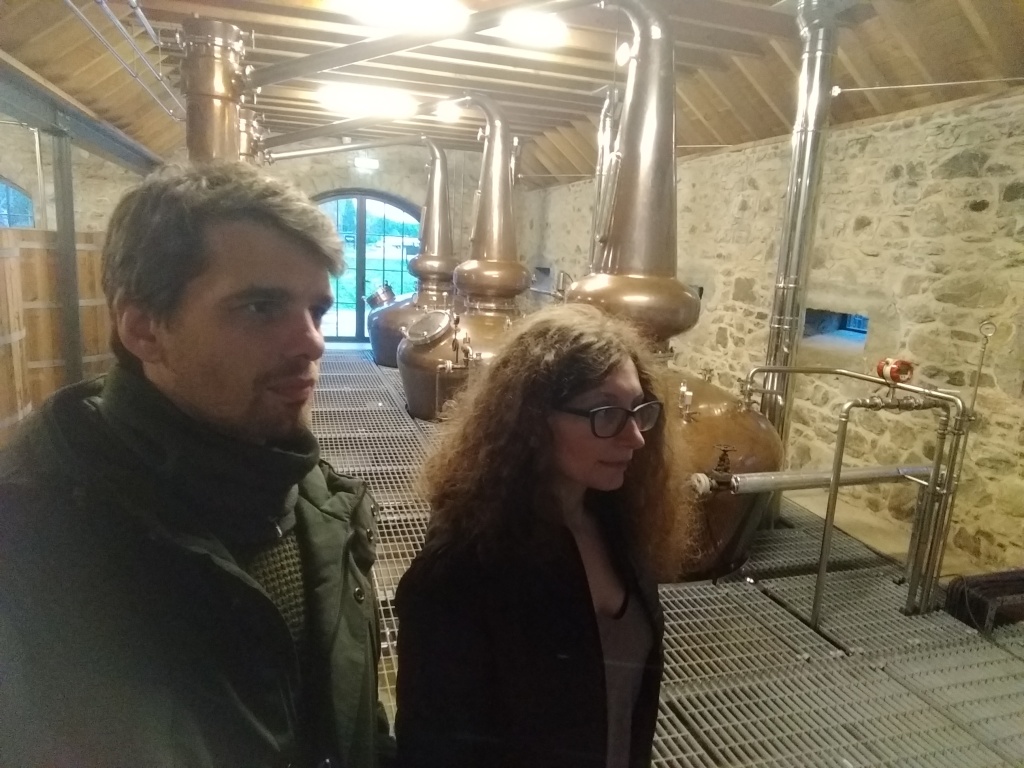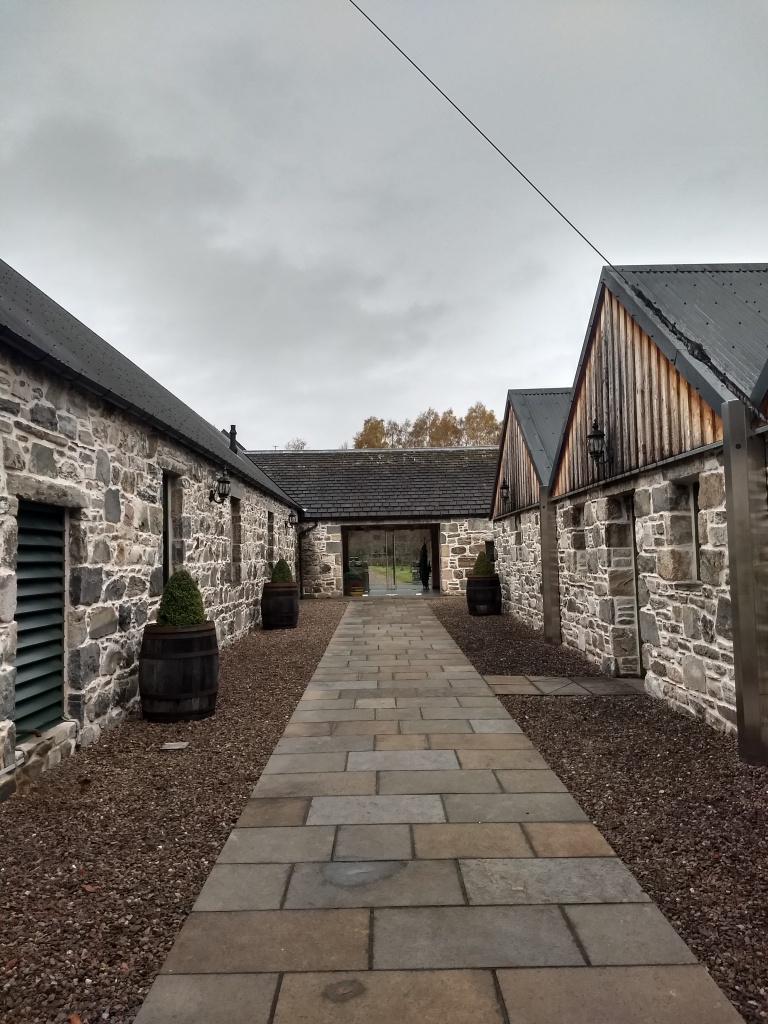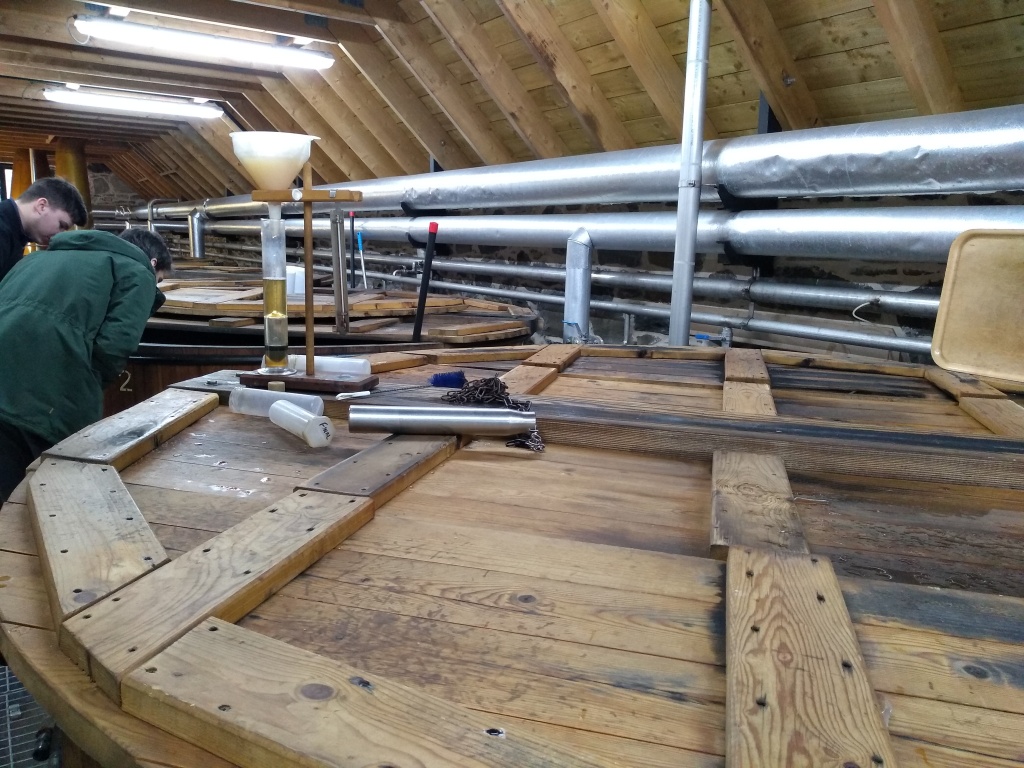
Diary of an experiment
TL; DR: Have you tried to finish your own whisky in a wine cask? Well, we did, and although we already knew, we could see how hard it is. While the result was not great, we definitely learned a few things.
This post is going to be different from others, as we won’t tell you about a distillery visit, nor a trip, nor a tasting. We’ll talk about an experiment we did recently – still a journey, if you wish.
The idea came after some thoughts on whisky maturation in casks that previously held wine. It took a while to us to realise this is a controversial topic. At first, we didn’t give it much thought as it felt it was just part of the broader “wine” category (including Sherry, Port, Madeira, etc.), but then we noticed many whisky enthusiasts think wine cask maturation is a separate thing, often perceived as bad… so what’s the deal with red/white wines? We had amazing drams matured in wine casks (Arran Amarone, to name a popular one, but also a stunning Glen Garioch 19y fully matured in an ex-Bordeaux cask tried at the distillery, or the Glen Moray 10 Elgin Limited Edition, finished in ex-Chardonnay casks). Let alone the STR (shaved/toasted/re-charred) casks made popular by the late Jim Swan: some can deliver a lot of flavour in a short time, which is particulatly crucial for new distilleries. However, we also had some very “meh” wine-matured whiskies (we won’t name names here), dull at best, so we totally get the scepticism of some.

Probably our Italian upbringings sparked further curiosity on the topic, so we did a bit of research and noticed that while maturation in casks such as Amarone, Barolo and Cabernet-Sauvignon is fairly common nowadays, lesser known red wines aren’t a thing (yet). One wine in particular seems to be overlooked: Gutturnio. Typical from Piacenza’s province (Gianluigi’s hometown), it is a mix of Barbera and Bonarda grapes, and comes either fizzy or still (“superiore”). A thick red wine, that goes well with the greasy local cuisine, quality-wise you can find the cheapos from supermarkets, up to several tenths-of-euros per bottle. We wondered for a while, then, after a conversation with Woody and Megan from Woodrow’s of Edinburgh, we decided to give it a try and start an experiment.
We asked some friends about to visit us to bring over a bottle of Gutturnio, Gutturnio Zerioli Riserva (later on Gianluigi’s brother would challenge this choice as not great, but hey ho) and then we bought a 1-litre virgin oak cask (American oak, Q. alba) from Master of Malt (where it was cheaper, if you exclude some suspicious vendors on Ebay). On the 26th of August 2023 we filled the wee cask with 75cl of wine, and left it in there for a bit over 3 months.

While the cask was seasoning hidden away in a cupboard (turning it from time to time), we chose our dram. We wanted something without much cask influence, so we aimed for second-fill (or more) ex-bourbon casks. Living in Edinburgh made things easier, as we could access the two Scotch Malt Whisky Society venues, although it wasn’t easy to find a whisky available both to try and purchase. We still managed to taste 6 or 7 bottlings from various distilleries, and the final choice fell on a 12-year-old Dufftown (distillery that we had the chance to walk past in our first trip to Speyside, but never properly visited), called Biting on a Bung (91.34), distilled on the 7th of July 2009 and bottled at 59.0% abv.
On the 5th of December, we disgorged the wine. To our surprise the cask was soaked – of the 75cl of wine we’d put in, only 35cl came out! We knew that some absorption would happen, but not to this extent!

On the same day, we filled the cask with the whisky while leaving 20cl to ourselves, in case we messed things up (spoiler alert, we did). We didn’t have a timeline in mind, we just wanted to try the whisky at different times, but here one miscalculation: we went back to Italy two weeks for Christmas, leaving it unchecked for probably too long. When we came back, we took a sample right away: a lot of colour (copper red), some typical red-wine notes on the nose (tannins and red berries), but very metallic on the palate. We hoped these metallic notes would disappear with some more time in the wood, but they didn’t, so in early March, exactly 3 months after filling the cask, we disgorged it and, again, only 30cl of whisky came out (another 20cl of liquid absorbed) – 30cl of ‘metallic liquid’, clearly not a success.


We followed up the experiment, this time not with a proper whisky but with spirit from our infinity bottle: despite leaving it in the wee cask for only a couple of weeks, the same unpleasant notes re-appeared (although not so much absorption this time). Oh well.
So, what did we learn out of this experiment? How to waste a good half-litre of whisky? Definitely, but not only that. We already thought it must be hard to properly finish a whisky in the right cask for the right amount of time, but we were surprised by how easy it is to mess up (well, probably the small size just accelerated the process)!

We made a list of variables to consider:
- The cask! After so many distillery visits, we know wood quality is key (but tbh we didn’t feel like investing big for our random experiment)
- Time to season the cask with wine (maybe too much?)
- Time to finish the whisky (again, too much?)
- Climate conditions (our flat is very very dry, but there’s not much we can do…)
- Whisky robustness (maybe it was a too delicate one for this kind of experiment?)
- Quality of the wine…or even the type of wine?
So many variables…it’s really hard to wrap our heads around it, although we could sum up all these variables into one: experience, i.e. really knowing what you’re doing. We clearly didn’t, but thankfully this is not what we’re doing for a living. Nonetheless, it was fun! What’s next? Currently the cask is empty, but we’ll try to fill it soon to avoid it to dry too much…with, maybe, rum? Another wine? Let us know if you have any ideas!
Until next time, slainte.




























